Understanding REST API: A comprehensive guide
Data Science Dojo
MARCH 30, 2023
Layered System: REST API should be designed in a layered system architecture, where each layer has a specific role and responsibility. The layered system architecture helps to promote scalability, reliability, and flexibility. The uniform interface helps to simplify the API and promotes reusability.



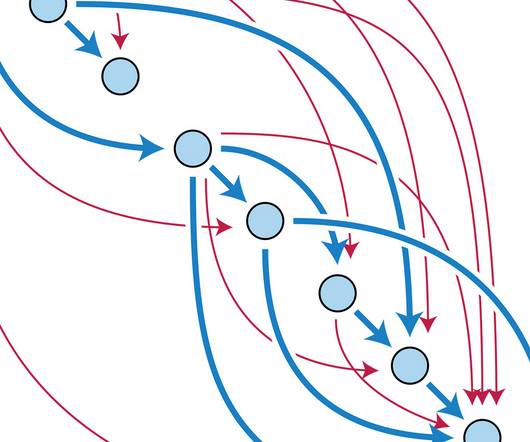




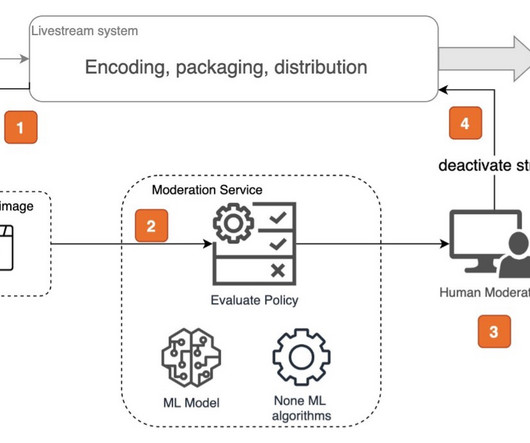

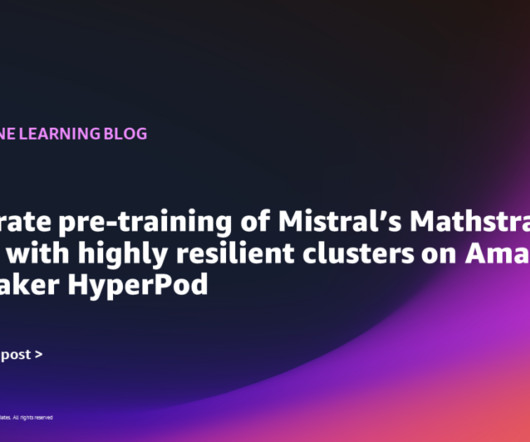

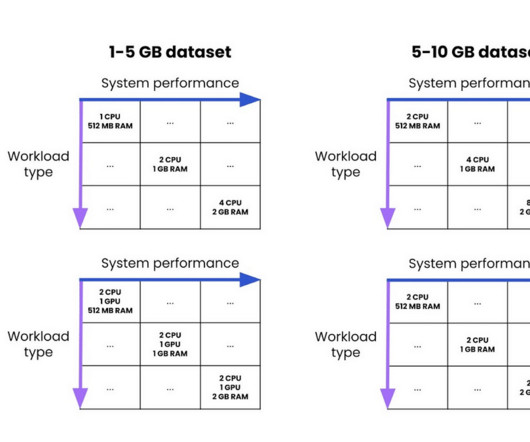

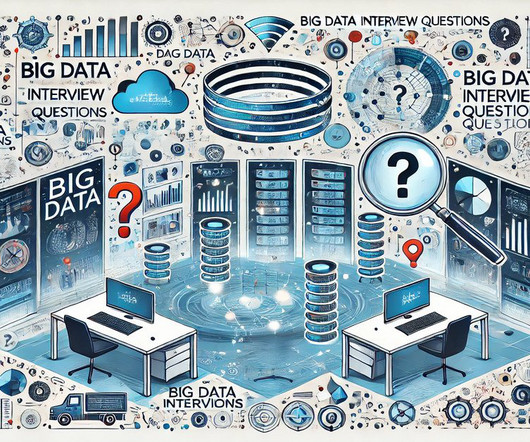
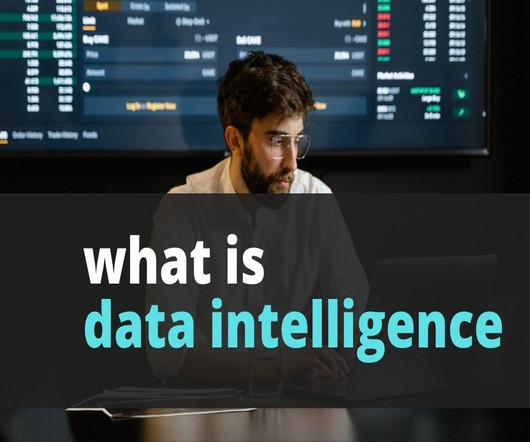

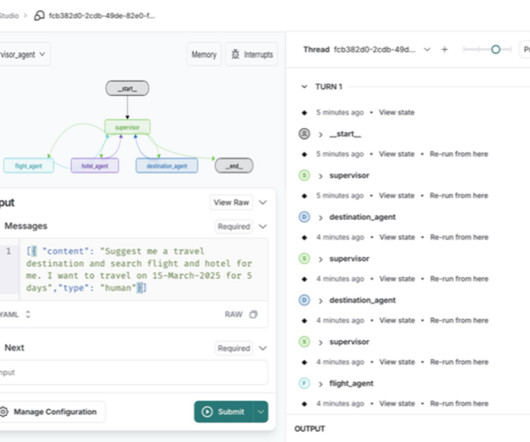
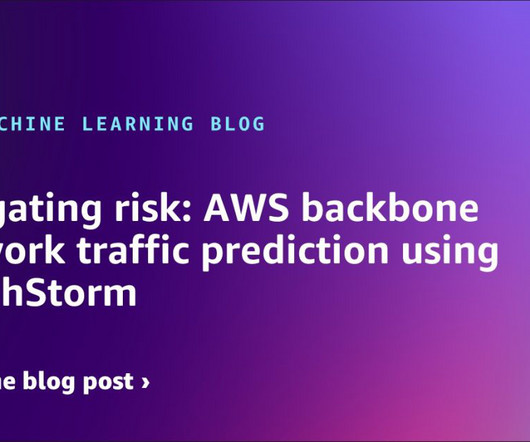








Let's personalize your content